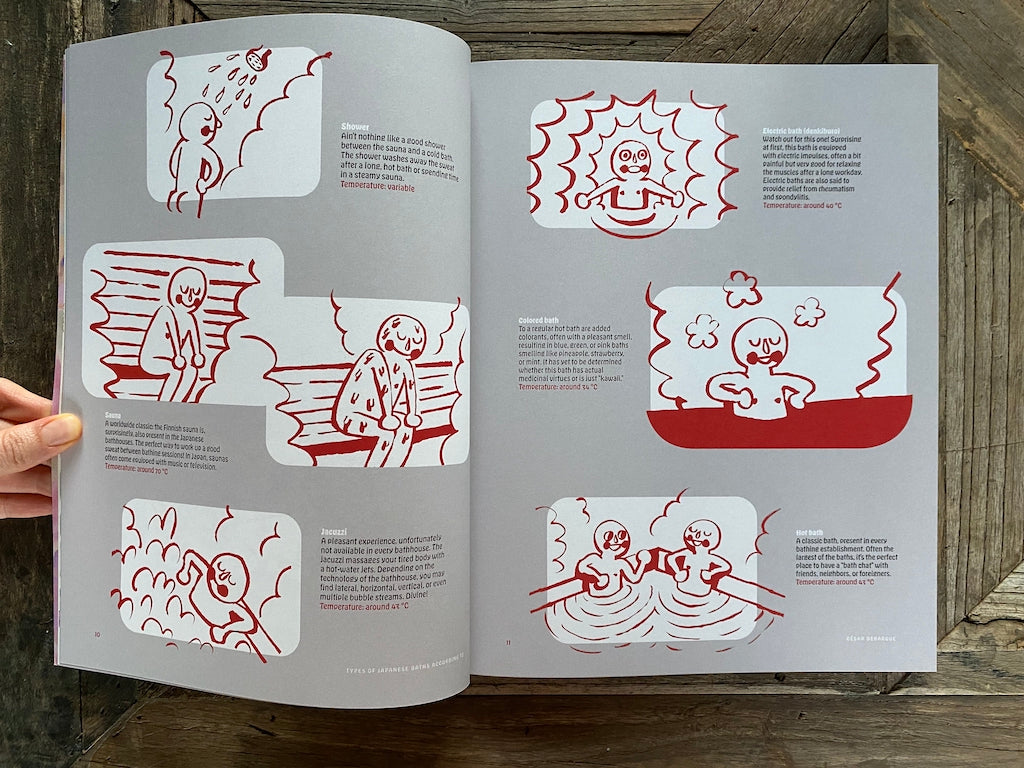Based in the desert of Taos, New Mexico, Ekin Balcıoğlu is the editor-in-Chief of Hamam: The Magazine of Letting Go. A much-loved publication for us here at GOODLAND, Hamam began as a print-only magazine in 2020, bringing together stories, interviews, photography, and other visual art from around the world. The magazine explores the world of bathing, schvitzing, cold plunging, offering an at once educational and inspiring reading experience.
Beyond her work at Hamam, Ekin is also a talented visual artist who creates beautiful paintings and ceramic works that have been exhibited internationally. In all that she does, Ekin brings a sense of veritable creativity and beauty, infusing each of her projects with a thoroughly unique approach.
We’re excited to share an interview with Ekin, speaking with her to uncover more about Hamam, the importance of bathing, and what she’s working on next.
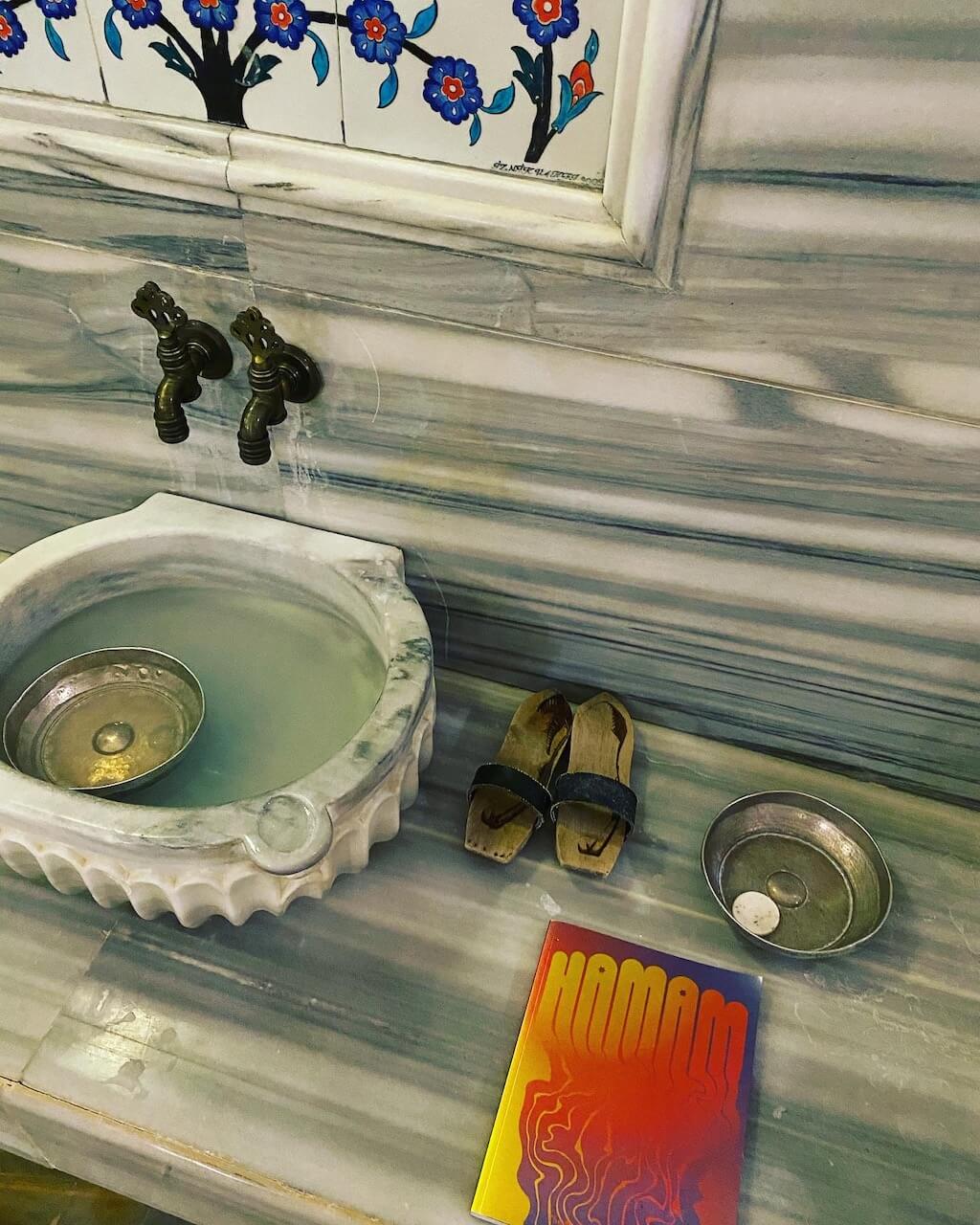

Hamam Magazine. Photo Credit: Ekin Balcıoğlu
Tell us a bit about the origins of Hamam. Did you always know you wanted to create a magazine?
My decision to create a magazine was motivated by a combination of my background working at a Russian Bathhouse in San Francisco called Archimedes Banya, my experiences at Russian and Turkish baths in NYC, and my discovery of WET Magazine by Leonard Koren.
Having grown up in Turkey, where hammam culture is deeply ingrained, my interest in communal bathing began to flourish when I moved to New York City. The city's harsh winters led me to seek warmth and solace, and I found it in places like the tenth street Russian and Turkish Baths. Here, I not only found physical comfort but also encountered a captivating array of people—writers, healers, orthodox rabbis, fellow artists—who became a meaningful part of my life.
In 2019, I moved to San Francisco and started going to Archimedes Banya where I trained as a platza master and learned the healing ways of the steam. My initial inspiration was to embark on a creative project akin to "Humans of New York," focusing on the unique characters I encountered within the bathhouse community. However, the more I delved into this idea, the more it expanded. It was during this period that I discovered WET Magazine, a pioneering avant-garde publication founded by Leonard Koren in the late 70s.
This sparked the realization that a magazine could be the ideal platform. Many bathhouse experiences, including my beloved Archimedes Banya, enforced a strict no-electronics policy to create an environment that encouraged deep reading and contemplation. This insight cemented my belief that a magazine could serve as a powerful conduit to share the richness of communal bathing.
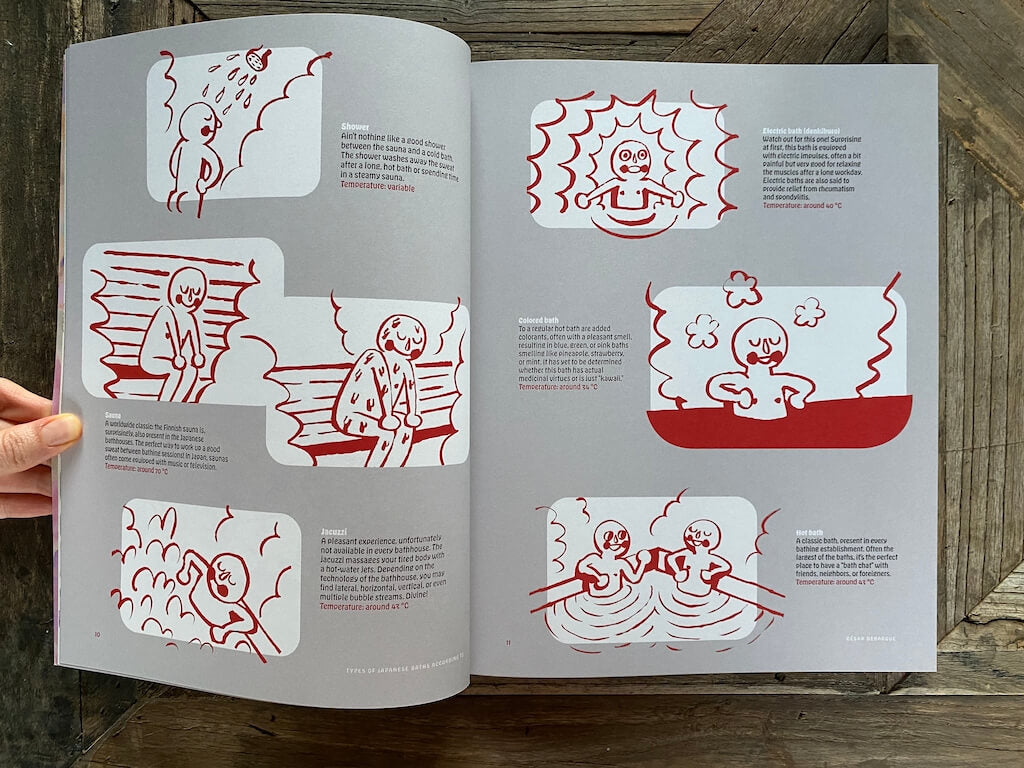
Hamam Magazine. Photo Credit: Ekin Balcıoğlu
To share a sense of what Hamam is like, could you share with us a couple of your favourite stories (if you had to pick!) from the magazine?
Here are some that deeply resonate with me:
In “The Sea Baths of Istanbul,” this piece provides a historical exploration of the evolution of bathing culture in Istanbul from the Ottoman era to the early 20th century. Burkay Pasin examines the gradual acceptance of sea bathing among women and the broader societal shifts reflected in these changing practices, offering insights into the interplay between culture, space, and the process of modernization.
In “Riches of Embarrassment,” Barry Sykes embarks on a journey that challenges societal norms through art, laughter, and nudity. His work invites readers to question their own inhibitions and the societal constructs that shape communal experiences, creating a space for vulnerability and shared joy.
“Finding Comfort in Cold Water” by GOODLAND’s wonderful Charlotte is another. This narrative delves into the visceral and transformative experience of cold water swimming, weaving together personal reflections with a broader historical and cultural context. From the ancient therapeutic use of water to the modern-day embrace of cold water immersion as a means of resilience and healing, this story captures the allure and challenge of engaging with the natural element of water in its most unyielding form.
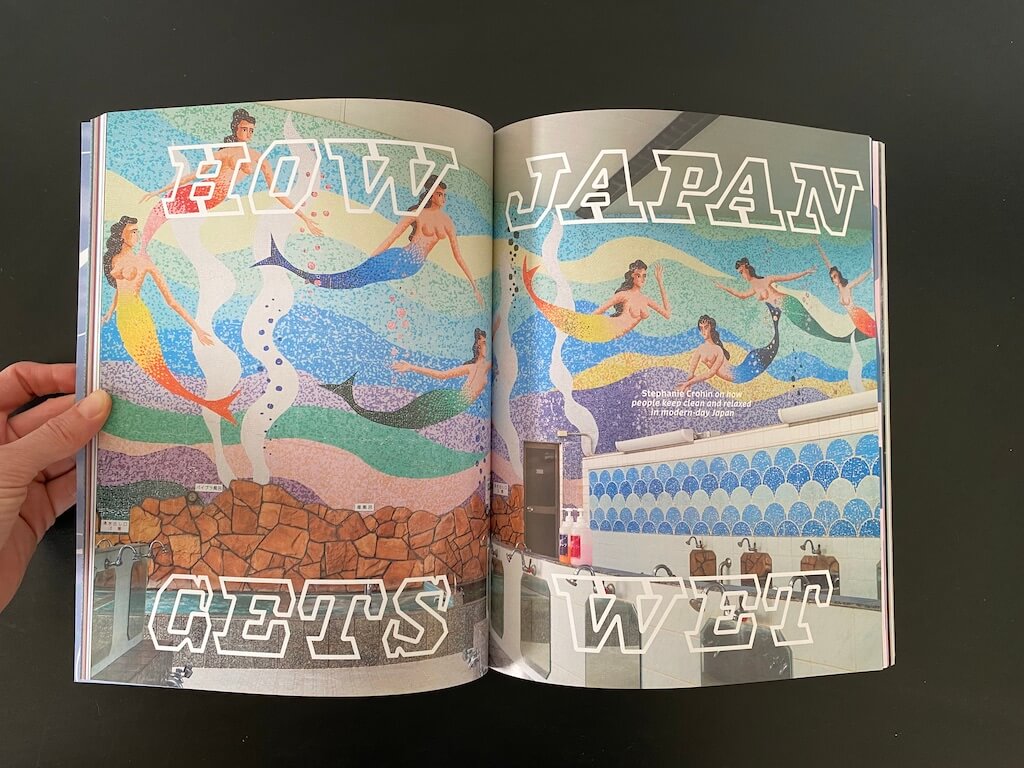
We love the beautiful visuals and the design of Hamam. Could you share a bit more about that?
The unique visual identity and design of Hamam set it apart from traditional publications in that no page is ever the same. Together with Okay Karadayilar, we collaborate closely with our contributors to ensure that every design reflects the essence of each contributor and their subject matter.
This approach has led us to a fascinating realization: the design of Hamam is akin to water—fluid, flowing, and capable of mirroring the contributor's spirit and content. This fluidity in design not only makes each page a discovery but also acts as a reflection of the contributor, embodying their essence and perspectives. We cherish this aspect of Hamam, as it allows us to create a magazine where every page is a unique expression of letting go and immersion in the moment.
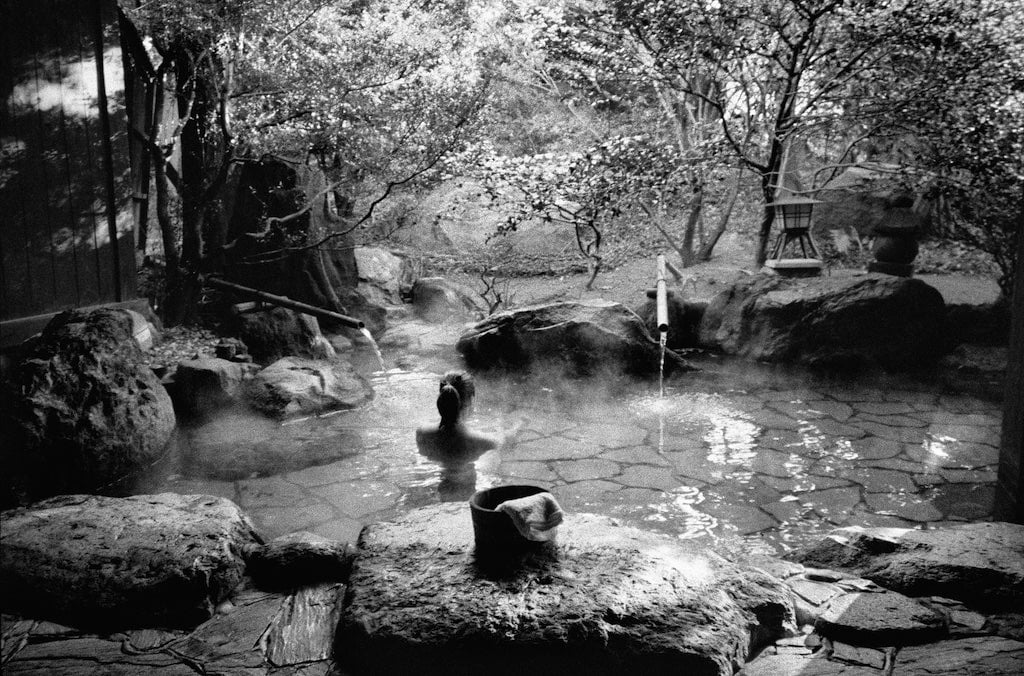
Photo Credit: Mark Edward Harris courtesy of Ekin Balcıoğlu
Hamam is described as “The Magazine of Letting Go.” Can you share with us the connection between bathing and letting go?
At its core, the connection between bathing and letting go transcends the mere act of cleansing; it's an immersive ritual that facilitates a deeper form of release—both physically and spiritually. This notion of letting go is not confined to the act of bathing alone but extends to various forms of expression and experience that allow us to shed the weight of our daily lives.
The exploration of letting go is not limited to water. It manifests in the act of painting, where each stroke can represent a release of tension or emotion; in writing poetry, where words become vessels for expressing and unloading thoughts; in attending rituals, which often symbolize transitions and the shedding of old skins; and in cold plunging, where the shock and subsequent embrace of cold water serve as a physical and mental reset.
The ritual of bathing, while a focal point for Hamam, is indeed just the tip of the iceberg. Through Hamam, I aim to delve into these diverse modes of letting go, celebrating the art and culture of bathing not merely as an isolated practice but as part of a wider tapestry of human experiences dedicated to the pursuit of release, clarity, and rejuvenation.
What’s next for Hamam?
I recently brought all my creative endeavors under one banner, Hamam & Co, and launched a new website to mark this significant milestone. Founded by myself, Hamam & Co serves as a comprehensive creative platform that encompasses Hamam Magazine, alongside a showcase of my own ceramics, paintings, and written works.
My vision for Hamam & Co is multifaceted and ambitious, and includes curating immersive cultural exhibitions: By organizing exhibitions at iconic bathing locations worldwide, I aim to offer immersive experiences that celebrate bathing culture, inviting engagement and deepening understanding of this universal practice. Another aim is to foster a global bathing community through events and platforms that enhance connectivity among enthusiasts, emphasizing bathing's communal aspect as a means to bridge diverse cultures. Finally, another goal of mine through Hamam & Co is to open a hammam in the United States, creating a space for relaxation, cultural exchange, and community building.
My vision is about more than just exploring; it's about creating a global community that values the transformative power of communal bathing and the art that it inspires.
